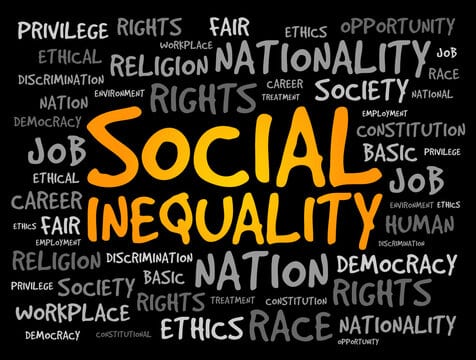In the realm of social justice and equality, understanding intersectionality and gender dynamics is paramount. Intersectionality, a term coined by Kimberlé Crenshaw, acknowledges that individuals face overlapping forms of discrimination and oppression based on various aspects of their identity, such as race, gender, sexuality, class, and more. When examining gender dynamics through an intersectional lens, it becomes evident that the experiences and challenges faced by individuals are shaped not only by their gender but also by other intersecting factors.

At the heart of intersectionality and gender dynamics lies the recognition that gender inequality is not a standalone issue but intersects with various forms of discrimination. For instance, women of colour may face compounded discrimination due to both their gender and race. Similarly, transgender individuals may experience discrimination based on their gender identity alongside other intersecting factors such as socioeconomic status or disability. By acknowledging these intersecting identities and experiences, we can better understand the complexities of inequality and work towards more inclusive and effective solutions.

Moreover, intersectionality sheds light on the power dynamics inherent within systems of oppression. Patriarchy, for example, not only privileges men over women but also intersects with other forms of privilege and oppression. Intersectional analysis reveals how systems of power operate differently for individuals based on their intersecting identities. It highlights how privilege and marginalization intersect and compound, influencing access to resources, opportunities, and rights.

Furthermore, intersectionality and gender dynamics play a crucial role in shaping social policies and activism. Approaches that fail to consider intersectionality may inadvertently perpetuate inequalities or overlook the needs of marginalized groups. Therefore, it is imperative to incorporate intersectional perspectives into policy-making processes, advocacy efforts, and social movements to ensure that they are inclusive and equitable.
In conclusion, intersectionality and gender dynamics offer valuable insights into the complexities of inequality and discrimination. By recognizing the intersecting identities and experiences of individuals, we can deepen our understanding of the multifaceted nature of oppression and privilege. Embracing intersectionality in our analysis, activism, and policy-making endeavors is essential for creating a more just and inclusive society where all individuals can thrive regardless of their intersecting identities.




